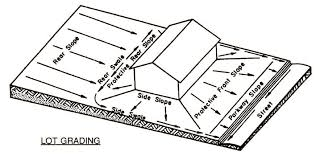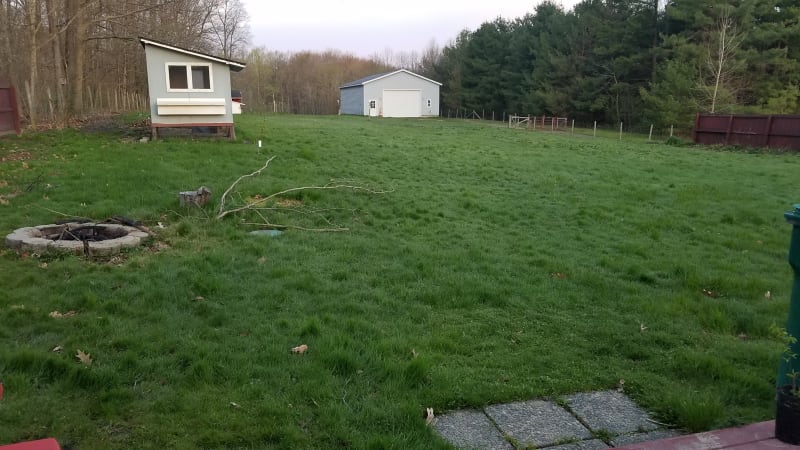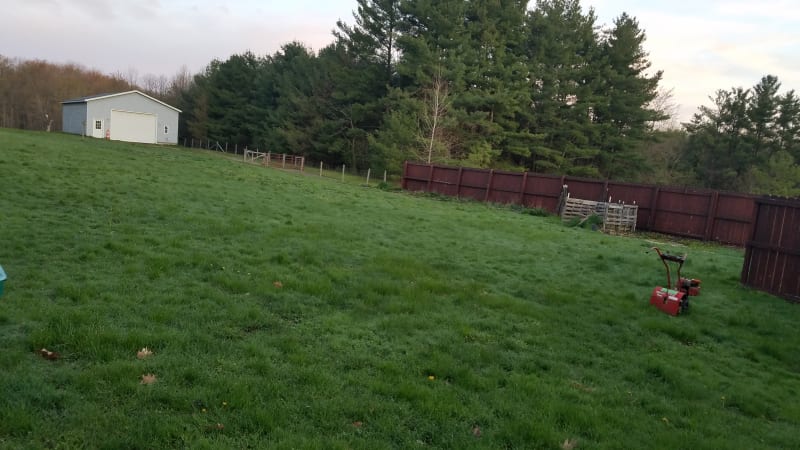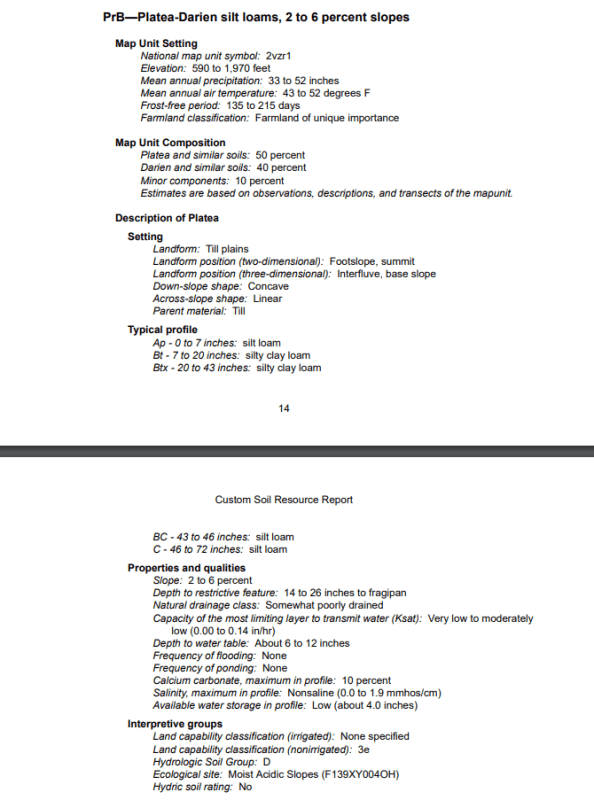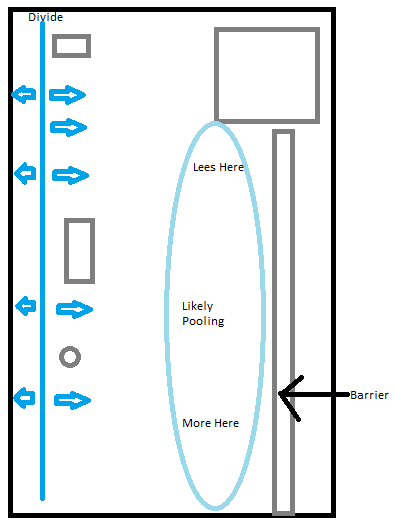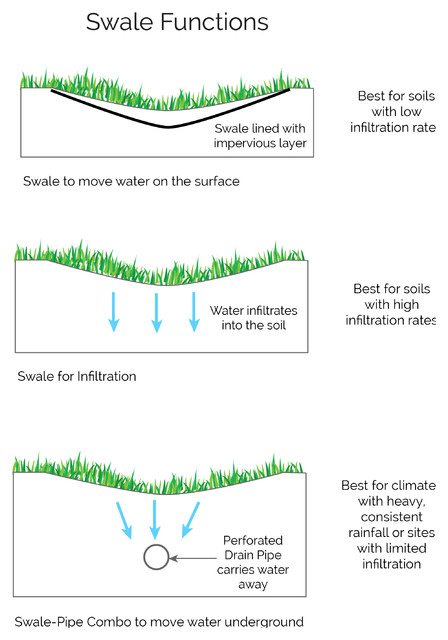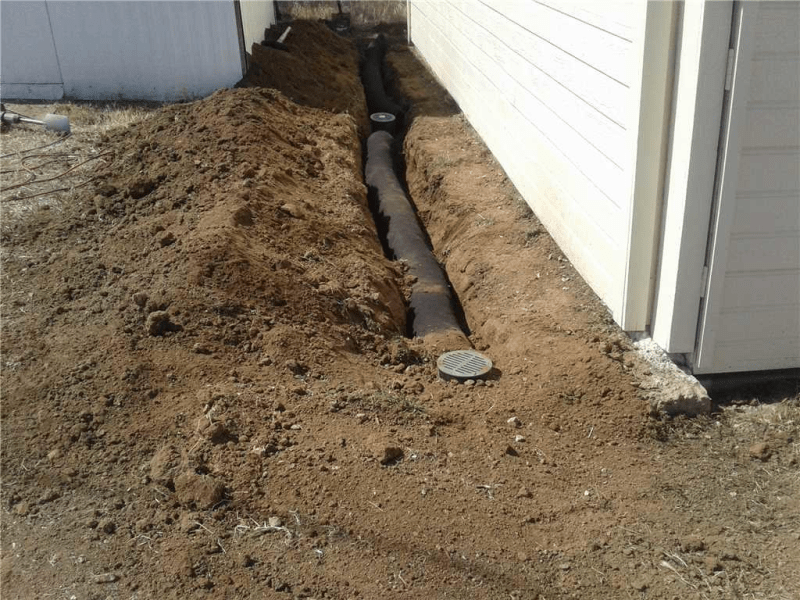MikeLivz
Mechanical
- May 4, 2020
- 7
Hello All,
I am new here and am in the process of undertaking a drainage project for my backyard.
Details: Very heavy Clay soil in Northeast Ohio
Intend to run 3 4 inch rigid Perforated PVC pipes approx. 20-30 feet between each other approx. 200 feet long in parallel. Then, connect those 3 with a horizontal pipe at the end which will connect to a 6 inch solid PVC pipe and run to catch basin. All with very gradual bends and no 90° Fittings anywhere.
I plan on having a trench 12" by 12". There is a slope to the basin already but with no drainage installed and stays very soggy and muddy after a rain for a few days at the very least.
I am not sure what to line the Trench with. Concrete sand. #57 Gravel or both. With or without fabric?
Any help will be appreciated. Please let me know if any of my assumptions are not correct as I have stated above.
Thank you,
-Michael
I am new here and am in the process of undertaking a drainage project for my backyard.
Details: Very heavy Clay soil in Northeast Ohio
Intend to run 3 4 inch rigid Perforated PVC pipes approx. 20-30 feet between each other approx. 200 feet long in parallel. Then, connect those 3 with a horizontal pipe at the end which will connect to a 6 inch solid PVC pipe and run to catch basin. All with very gradual bends and no 90° Fittings anywhere.
I plan on having a trench 12" by 12". There is a slope to the basin already but with no drainage installed and stays very soggy and muddy after a rain for a few days at the very least.
I am not sure what to line the Trench with. Concrete sand. #57 Gravel or both. With or without fabric?
Any help will be appreciated. Please let me know if any of my assumptions are not correct as I have stated above.
Thank you,
-Michael

